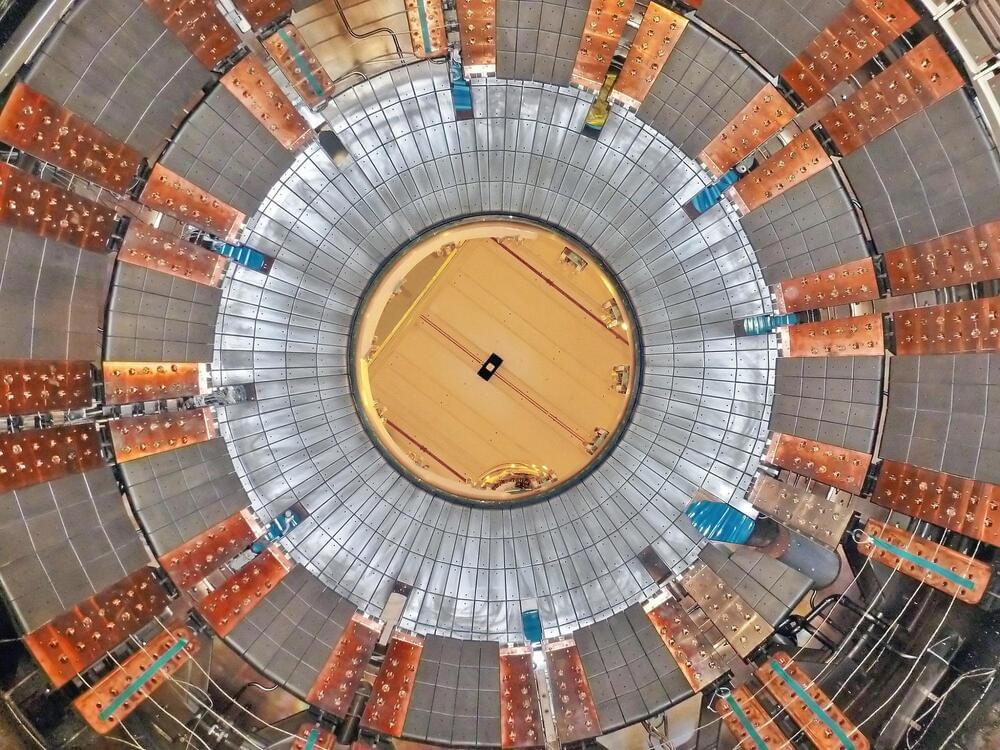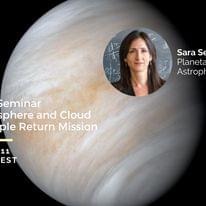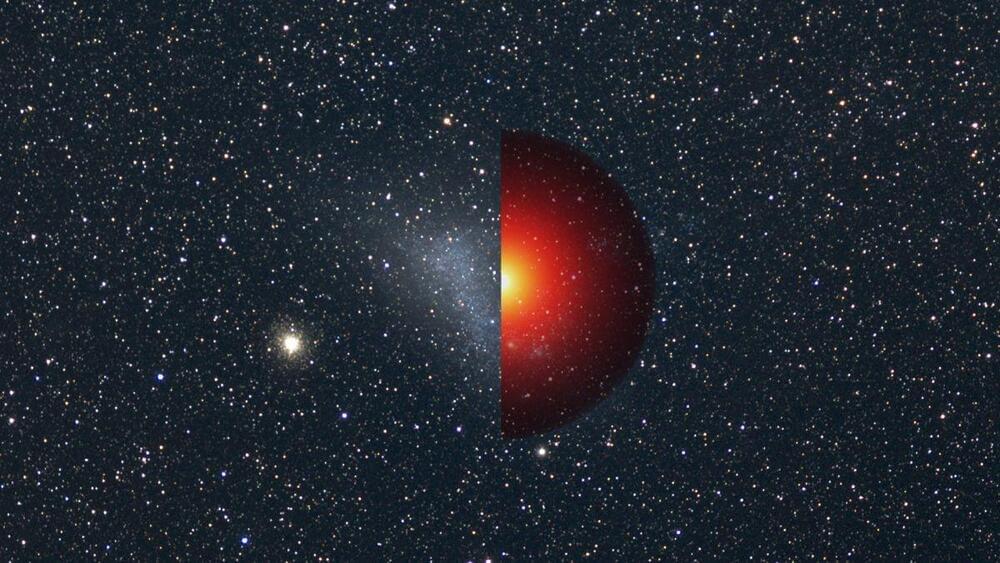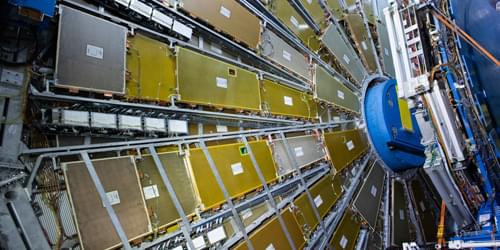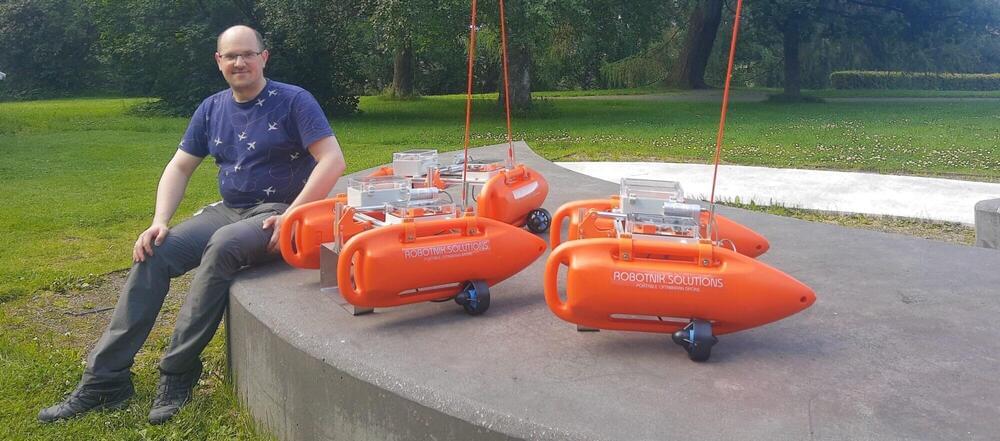Aug 10, 2022
Caught in a Solar Storm on the Way to Mars
Posted by Shubham Ghosh Roy in categories: health, particle physics, space travel
The space between the planets in our solar system is filled with a wispy sea of charged particles that flow out from the Sun’s atmosphere. This particle population is augmented by cosmic rays — speedy protons and atomic nuclei accelerated in extreme environments across the universe — which ebb and flow against the 11-year solar activity cycle. This undulating particle background is punctuated by bursts of high-energy particles from the Sun, which can be unleashed suddenly in violent solar storms.
Spacecraft that venture out from the protection of Earth’s magnetic field must navigate this ocean of particles and weather solar storms. And if we someday wish to send astronauts to other planets, we’ll need to know how high-energy solar particles, which pose a risk to the health of astronauts and electronic systems alike, travel through the solar system.
In a new publication, a team led by Shuai Fu (Macau University of Science and Technology), Zheyi Ding (China University of Geosciences), and Yongjie Zhang (Chinese Academy of Sciences) studied the high-energy solar particles produced in an event in November 2020, when the Sun emitted a solar flare and a massive explosion of solar plasma called a coronal mass ejection.

